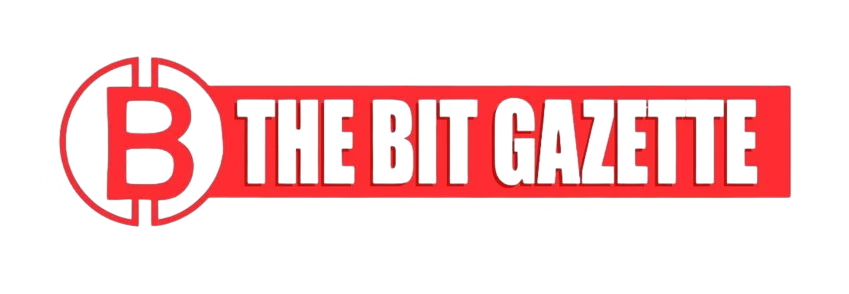China’s national cybersecurity agency accused the US government last week of orchestrating the theft of 127,272 bitcoin—worth approximately $13 billion—from a Chinese mining pool in 2020, escalating tensions over what Washington characterizes as a legal asset seizure in a criminal money laundering case.
The China National Computer Virus Emergency Response Center alleged that the December 2020 hack of the LuBian Bitcoin Mining Pool was a ‘state-level hacking operation’ by US authorities, contradicting the Justice Department’s narrative that it lawfully seized the assets as part of an October 2025 indictment against Cambodian businessman Chen Zhi.
“This is a classic ‘black eats black’ operation orchestrated by a state-level hacking organization,” the report states.
Investigation and legal backdrop
The timeline begins with the hack of the LuBian mining pool in December 2020, one of the largest in crypto history. CVERC contends that the stolen tokens align with the assets later seized by the US in the October 2025 indictment of Chen Zhi, chairman of the Cambodian conglomerate Prince Group.
US prosecutors charged Chen with wire-fraud conspiracy and money-laundering in connection with large-scale crypto-mining operations, including LuBian, and initiated a civil forfeiture complaint for approximately 127,271 BTC.
In a letter filed with a US court, Chen’s attorney, Matthew L. Schwartz of Boies Schiller Flexner, called the government’s allegations “seriously misguided” and said his client and a team of cryptocurrency experts are working to trace the seized Bitcoin.
“As we explained in our submission to the Court, we are working closely with cryptocurrency experts to trace the Bitcoin that the government seized over a year ago, and which was stolen back in 2020,” Schwartz said.
Meanwhile, the US prosecutors declined to comment on how or when they gained control of the wallets in question — and whether hacking techniques were used. CVERC’s report suggests that hacking methods were deployed as early as 2020 to appropriate the assets.
Geopolitical and market implications
For crypto investors and industry watchers, this narrative matters: if true, it reframes the nature of one of the world’s largest crypto asset seizures as a geopolitical operation rather than purely law-enforcement action.
The allegation of us-led crypto heists raises novel questions around jurisdiction, digital asset custody, and state-actor involvement in blockchain assets.
Financial markets are already sensitive. According to analysts referenced in crypto-media outlets, the dormant status of the 127,000 BTC and its later transfer into wallets tagged as US-controlled contributed to speculation about the role of national-level actors.
For policy makers, the allegations add another layer of tension to US-China relations. Beijing’s claim that Washington orchestrated a major hack underscores how digital asset flows now intersect with state security and diplomacy.
CVERC’s report further suggests that this episode reflects deeper vulnerabilities in crypto infrastructure and governance — urging better cryptographic practices and oversight.
What it means going forward
If accepted, the allegation that the US engaged in a state-level operation to appropriate Bitcoin presents a paradigm shift in how crypto asset seizures may be understood. It blurs the lines between law enforcement, cyber-operations and asset forfeiture.
For stakeholders in the crypto ecosystem — from miners and institutional investors to regulators — the keyphrase us-led crypto heists should now sit alongside phrases like “asset recovery” and “state-sponsored hacking” in strategic planning.
Regulators may respond by tightening custody regulations, enhancing blockchain tracing capabilities, and considering state-actor risk in crypto-asset frameworks.
Investors may also reevaluate counterparty and jurisdictional risks: if a digital asset can be seized or rebranded as part of a geopolitical operation, market confidence and legal clarity may be challenged.
Finally, the credibility of such claims will rest on forensic evidence. Blockchain-analytics firms and academic experts will be watching: how convincingly the funds trace back to the original breach, how transparently the US explains its chain of custody, and how Beijing substantiates its state-hacking narrative.
Meanwhile, the rhetoric of us-led crypto heists will likely reverberate across policy debates, industry risk assessments and investor decision-making.










